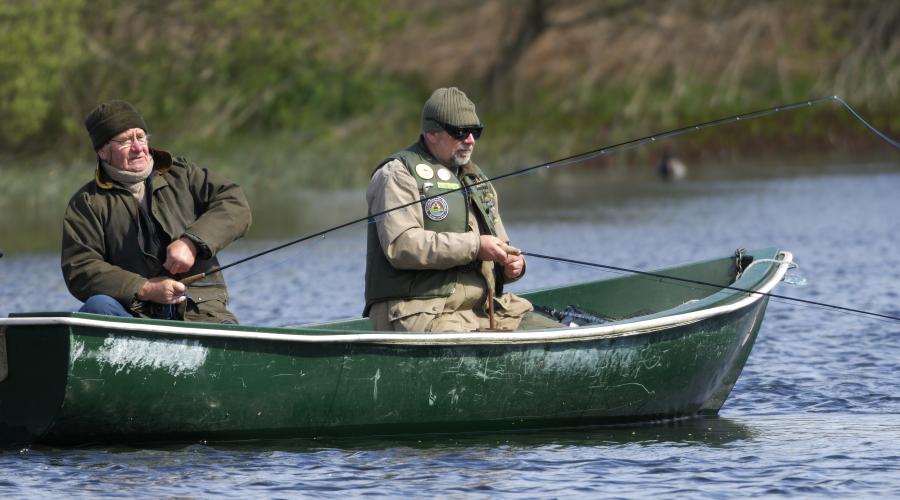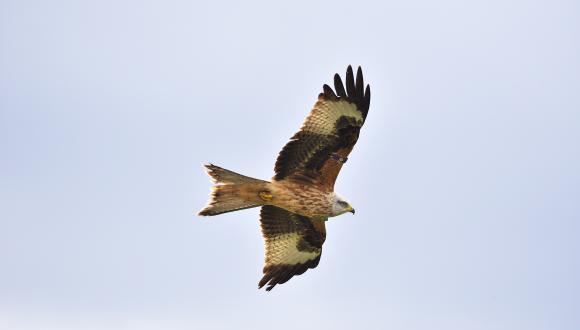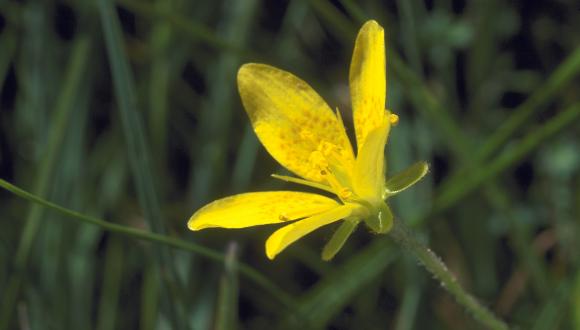
Species protection plan
A species protection plan helps to ensure that works related to a proposal take into account any protected species present on site.
A good species protection plan:
- uses survey information to identify how a proposal may impact on a protected species
- develops an approach that enables the works to go ahead while safeguarding the protected species
- often makes applying for a licence (and planning permission) much easier where protected species are present
Step 1: Desk study
Many types of proposals have the potential to impact on protected species. Carrying out a protected species ‘desk study’ is the first step in working out what impact your work might have.
To do this, you or your ecological consultant should:
- check NBN Atlas Scotland for protected species records at your site location and surrounding areas
- search Scottish record collections listed on the Biological Recording in Scotland website for other records of protected species' occurrence
- contact your local NatureScot area office to request any site-specific information on protected species
If protected species might be present, the next step is usually to conduct a general survey.
Step 2: General survey
You may need to employ a suitably experienced species surveyor to carry out the general survey.
A general survey might aim to identify:
- the presence of suitable habitat in the area for protected species
- signs of protected species – e.g. droppings
If the general survey suggests that a protected species may be present, conducting a technical survey can confirm this.
Step 3: Technical survey
A technical survey may involve methods that could harm protected species and so might require a licence from NatureScot. You can view the relevant species licensing guide to see if a survey licence is required for the species and method in question.
We only issue such licences to individuals with appropriate knowledge and expertise.
Ask your preferred ecological consultant:
- how much training and experience they have in this type of work
- for examples of previous work
- if they hold an appropriate survey licence (where applicable)
- if they have ever worked on similar projects where a licence was required to carry out works
A good survey should meet best practice guidelines for the species concerned – surveys that don’t may result in information gaps. This could affect how long it takes to assess a licence application, which in turn may delay the planned works.
You should prepare a species protection plan only if a good survey identifies protected species issues. The survey might have confirmed the presence of protected species or suggest there is a high risk of affecting protected species.
Step 4: Prepare the species protection plan
A species protection plan should:
- build on the results of surveys to look at the potential impacts of the development on protected species
- describe how those impacts will be mitigated or compensated
- identify whether or not a licence is necessary
- include a good method statement – i.e. a description of how all work in relation to protected species (including licensed work) will be done
A good species protection plan will allow the planning authority to state that adherence to the plan is a condition of any consent.
Primary objective
Your main aim should be to explore how to avoid committing an offence against any protected species present on site. It may be possible to do this by tweaking the proposal – e.g. changing the location, timings or details of plans.
Avoiding an offence is the ideal situation as it removes the need for a licence. This is particularly important because in some cases it won’t be possible to meet the legal tests required for a licence to be granted.
More guidance
Find detailed information on survey requirements and how to prepare mitigation/compensation plans in the guidance below. Although it refers to European protected species, the guidance is relevant to all protected species.
Download the Application for a licence relating to European protected species: Guidance notes on providing supporting information
Contact
If you already have a licence number, include it in the subject line of your email, or have it to hand when you call.







